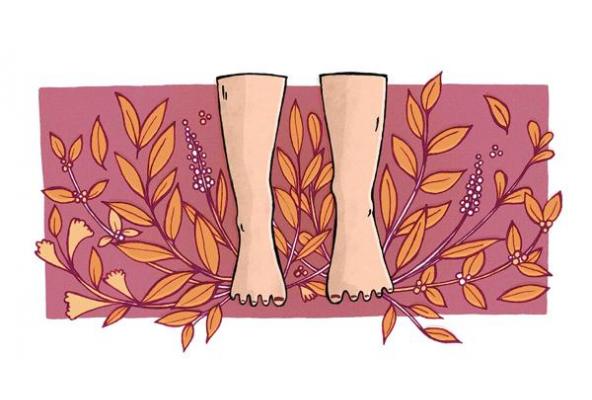From pre-natal vitamins to diet and regular checkups, you have followed all the best advice to keep you and your baby healthy during pregnancy. But there’s one part of your body you may have neglected: your feet.


Leading foot and ankle surgeons agree that flat shoes are the best option for women during pregnancy. Flat shoes help maintain balance and prevent falls. These benefits are enhanced when combined with a wider toe-box and a thin, flexible sole—the defining features of a barefoot shoe.
Walking in barefoot shoes allows you to feel the ground beneath. Your feet provide natural sensory feedback to the brain, which helps your body to make sense of every movement and keep your balance.
THE BEST OF MOTHER NATURE AND MODERN SCIENCE: BAREFOOT-SHOES
During pregnancy, your feet need to be strong, stable and sensitive. The changes in your body will affect the daily activities, like standing, sitting and walking. This can be hugely frustrating, but with the proper technique and footwear, you can take control of your movements and make a positive impact on your wellbeing, throughout your pregnancy.
STANDING, WALKING, SQUATTING: MOVEMENT IN PREGNANCY
START WITH STANDING
Standing upright might not be the exercise regimen you’re used to. In fact, it might not seem like exercise at all. Your body changes to accommodate pregnancy in ways it’s not accustomed. Your body can compensate for these changes and realign to balance itself. This realignment requires strong feet that make natural contact with the ground.
Your feet are incredible sensory machines; able to pick up on subtle changes in terrain and help you stay upright. Thick-soled, cramped shoes prevent feet and toes from feeling the ground properly. Without these sensors, you are more prone to stumble, trip, and fall.
MOVE BY WALKING
Walking is probably the best form of exercise for pregnant women, not only do you strengthen the major joints and muscles in your feet and legs, a regular walking habit will decrease foot pain and lower the risk of edema.
80% of women will suffer from edema during pregnancy. Walking in flat shoes helps improve circulation in the leg. As we walk, the muscles in our lower leg pump blood though the body. This “calf pump” motion is like a second heartbeat. Think about your ankle as a “rocker” that works this pump in your calf with every step. Barefoot shoes allow the foot to rock naturally and maximize the calf pump.
REST IN SQUATTING
While at first squatting might not feel normal, it is the most natural position for women to deliver. Practice a few minutes a day and flexibility in your ankles, legs, and hips will increase, making the position more comfortable.
You may have heard your OBGYN (or Pilates instructor) reference your pelvic floor. Showing this part of your body a little love is never more important than during pregnancy. Not only does squatting strengthen your walking muscles, it will also decrease risk of Pelvic Floor Dysfunction (PFD), common among women.
BE ‘SENSIBLE’:
The extra sensory stimulus your brain receives from your feet when barefoot or in barefoot shoes can initially feel uncomfortable until your ‘sensory thermostat’ resets itself. This process is usually a matter of days rather than weeks and is time well invested in creating a sensational pregnancy.






*Please remember that if you are a new mother planning to start a fitness regime, you are advised to do so only after postnatal checks are complete and to check with your GP before you proceed.
BIBLIOGRAPHY
A major public health issue: the high incidence of falls during pregnancy by Dunning K, Lemasters G, Bhattacharya A
Exercise in pregnancy by RCOG
Pregnancy leads to lasting changes in foot structure by Segal NA, Boyer ER, Teran-Yengle P, Glass NA, Hillstrom HJ, Yack HJ
The plantar sole is a 'dynamometric map' for human balance control by Kavounoudias A, Roll R, Roll JP
The pelvic supporting tissues of the Chinese and Occidental female compared and contrasted by Zacharin R

